site search
online catalog
1864 DATED SPRINGFIELD M1863 TYPE-2 RIFLE MUSKET: AKA MODEL 1864: CLEAR MARKINGS, SHARP CARTOUCHES

Hover to zoom

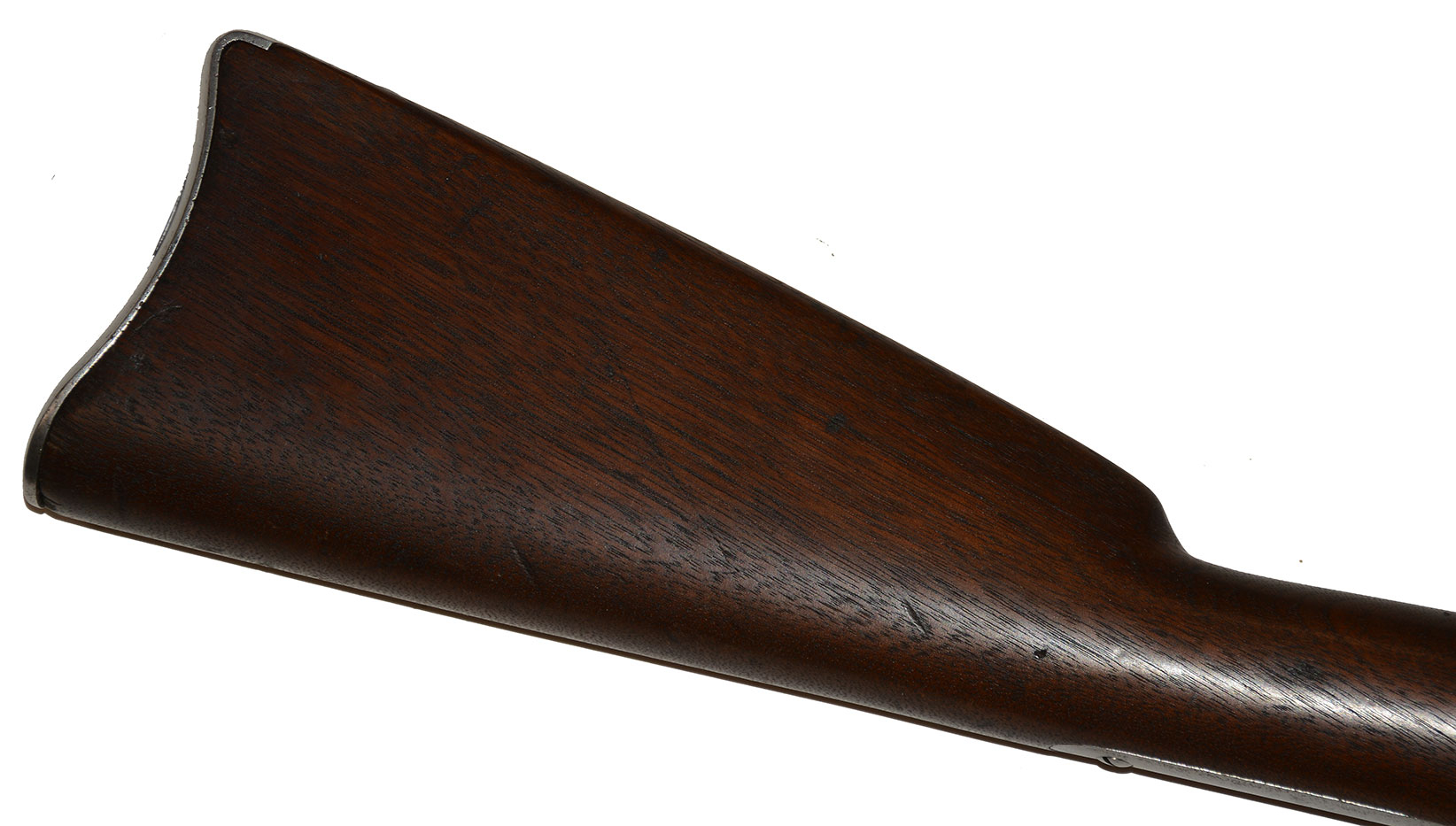
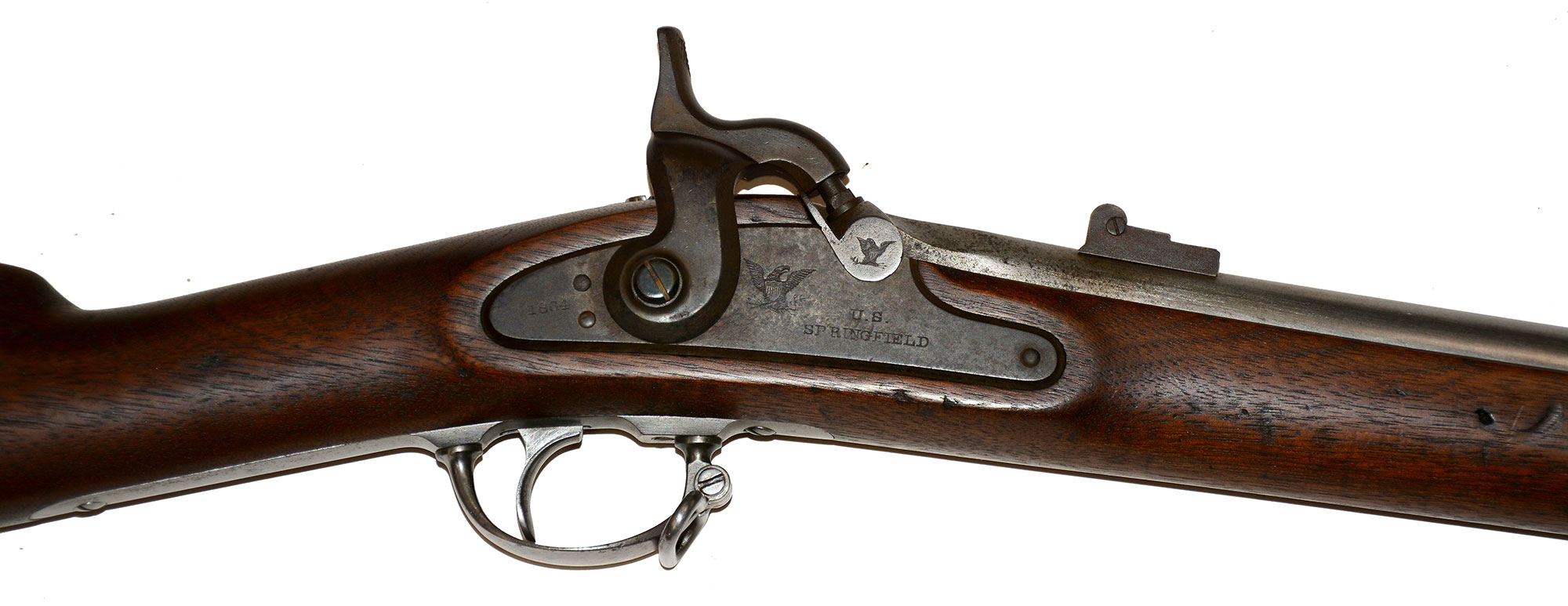

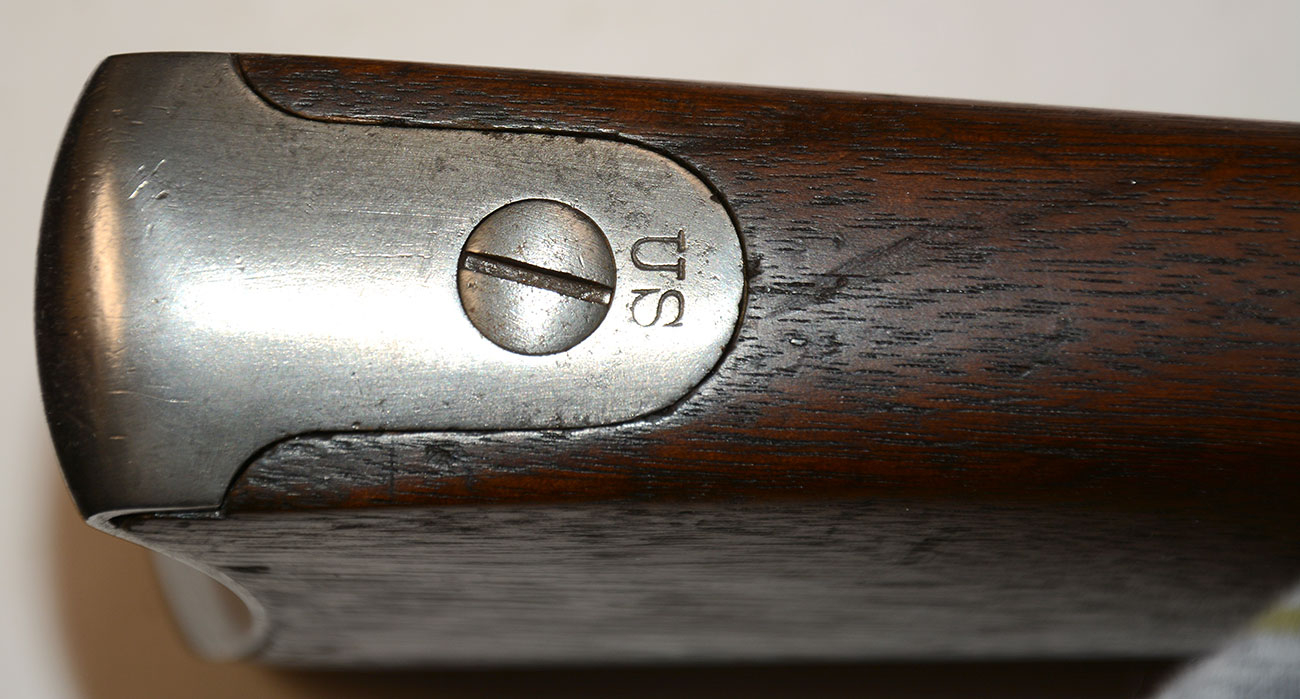
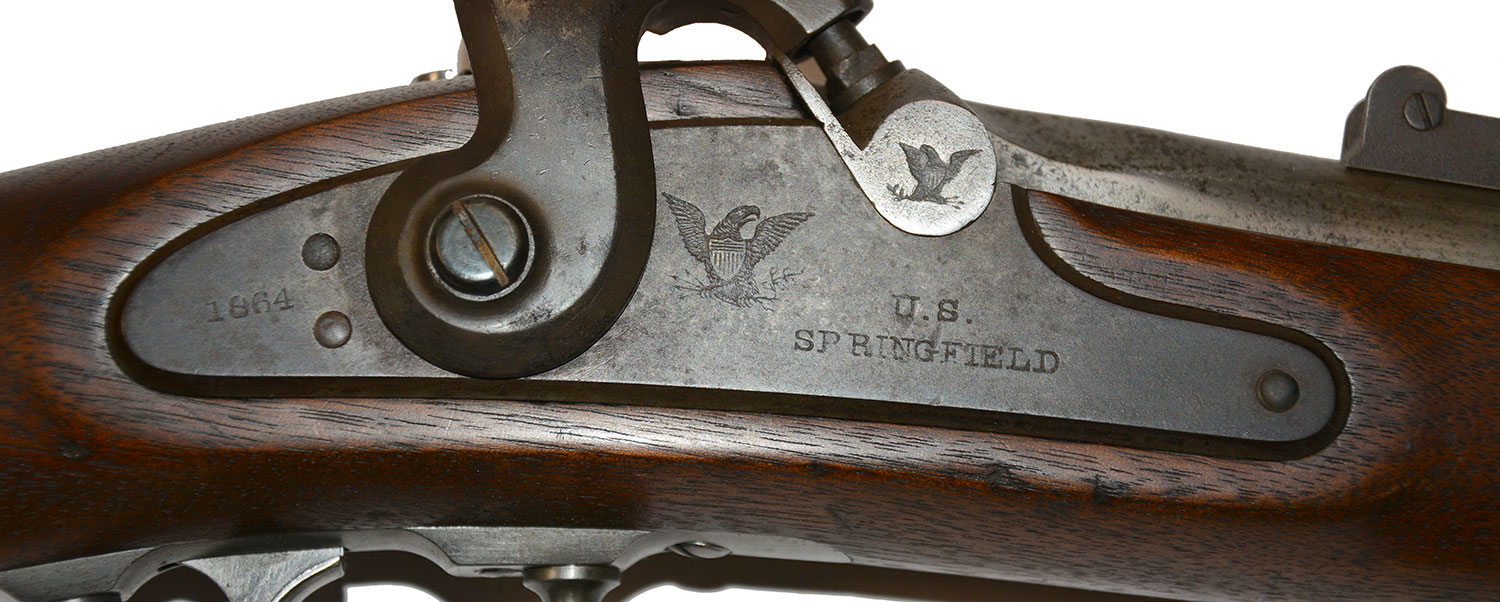

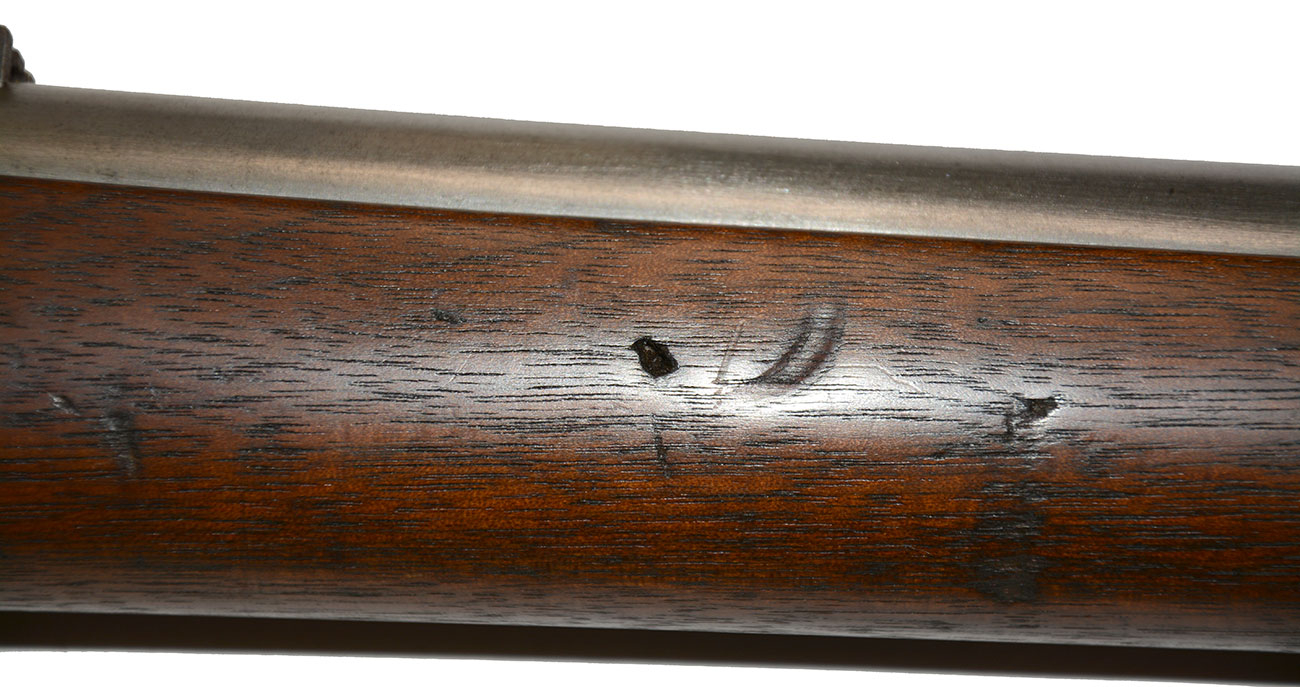
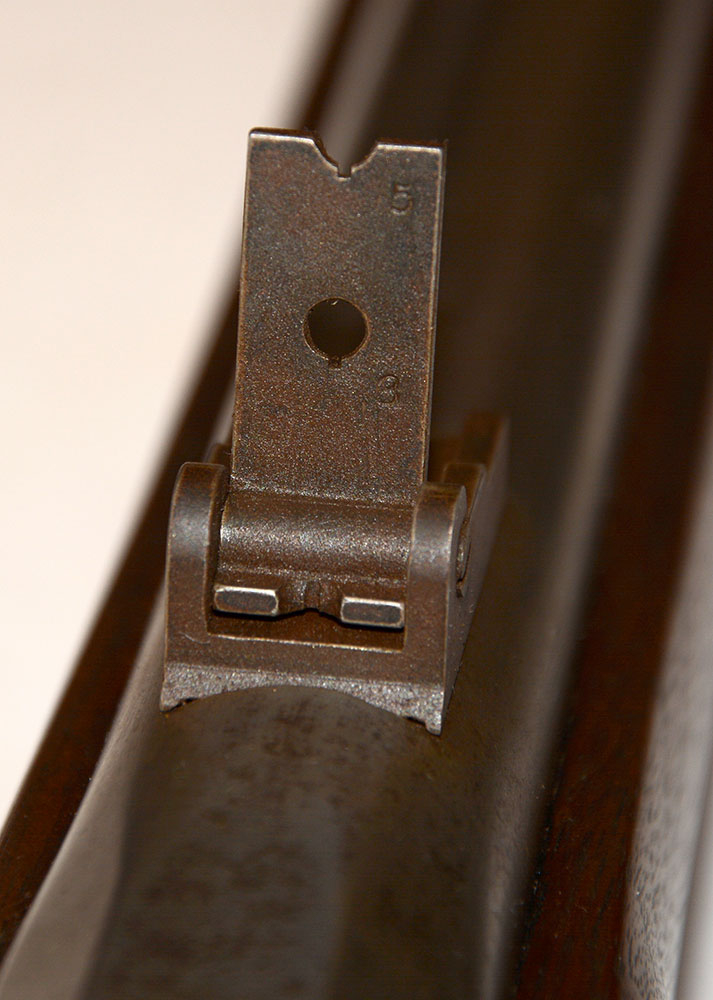
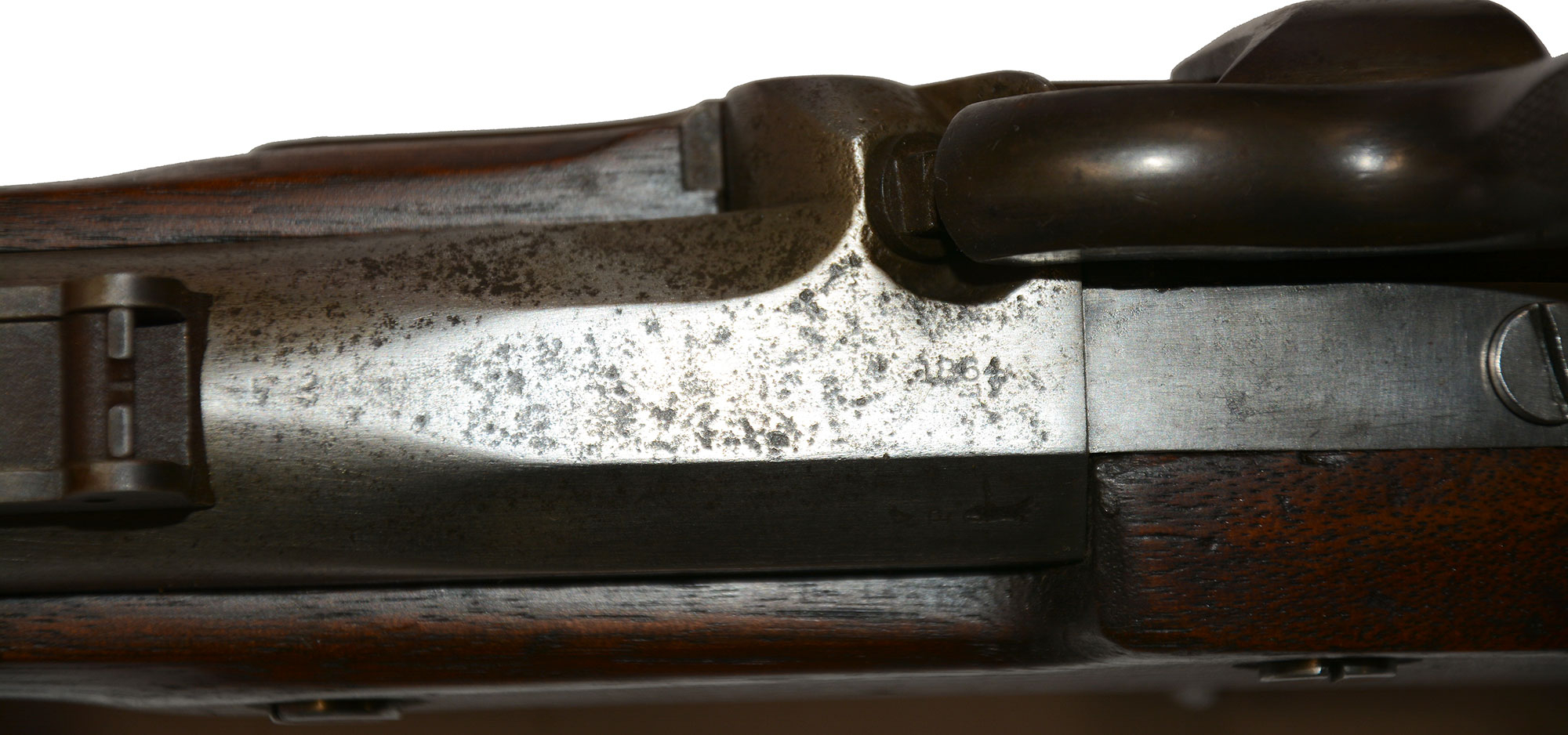
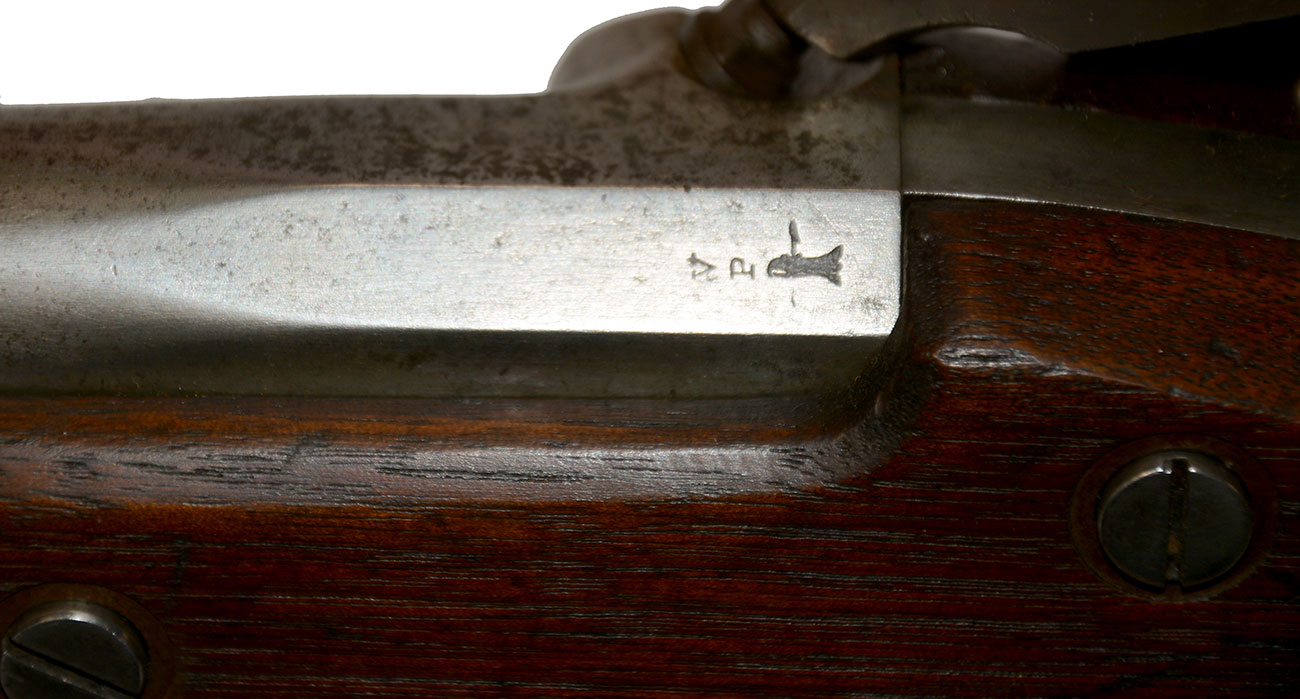
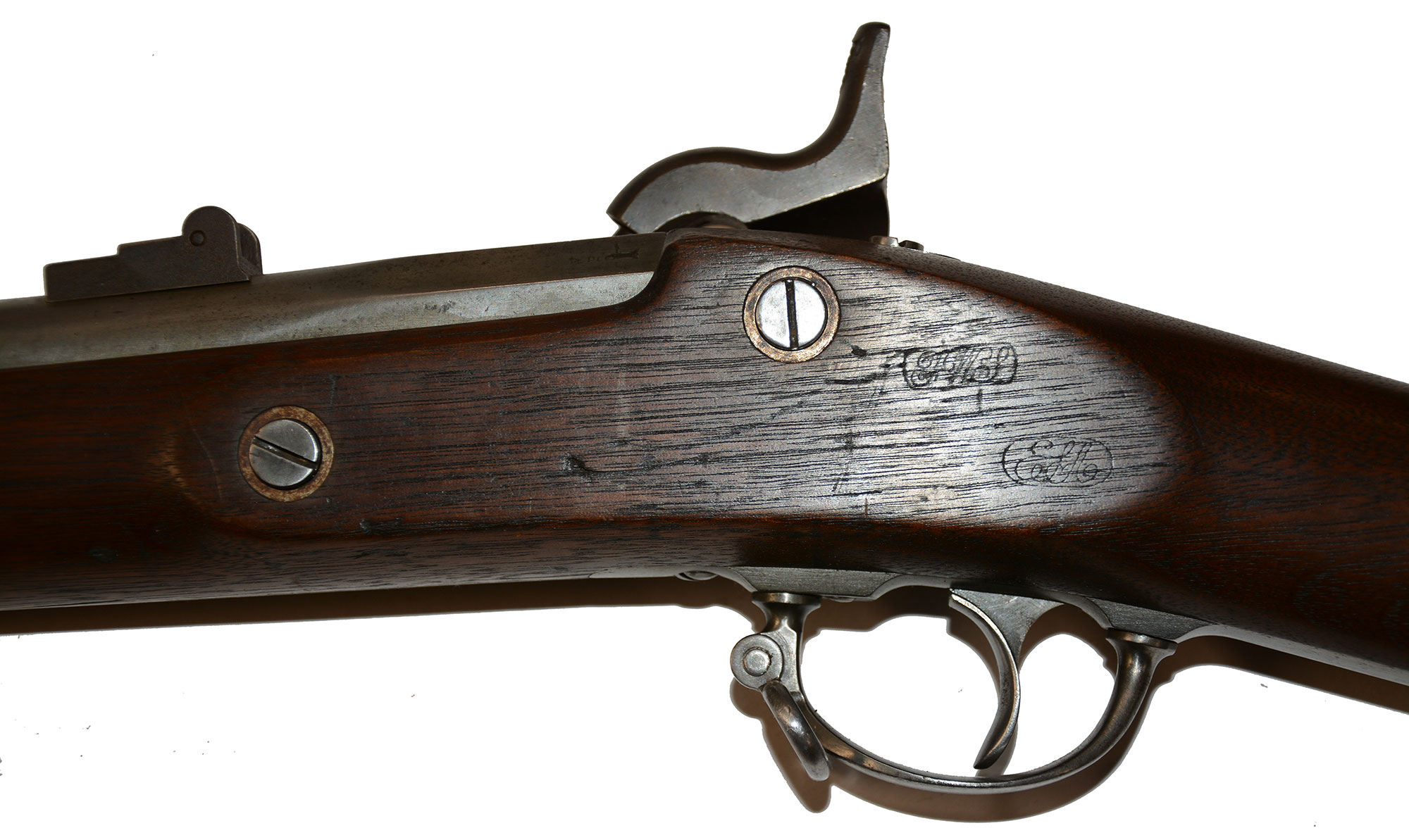
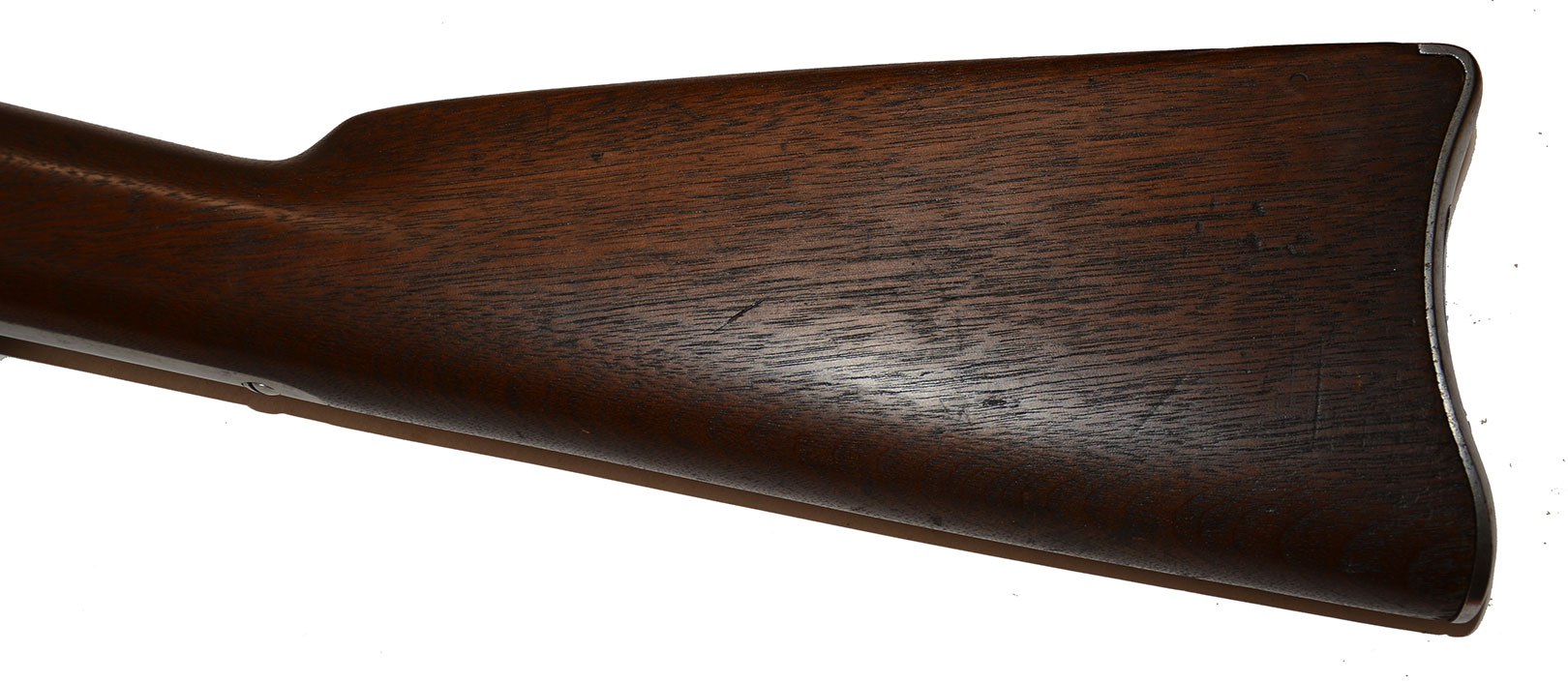

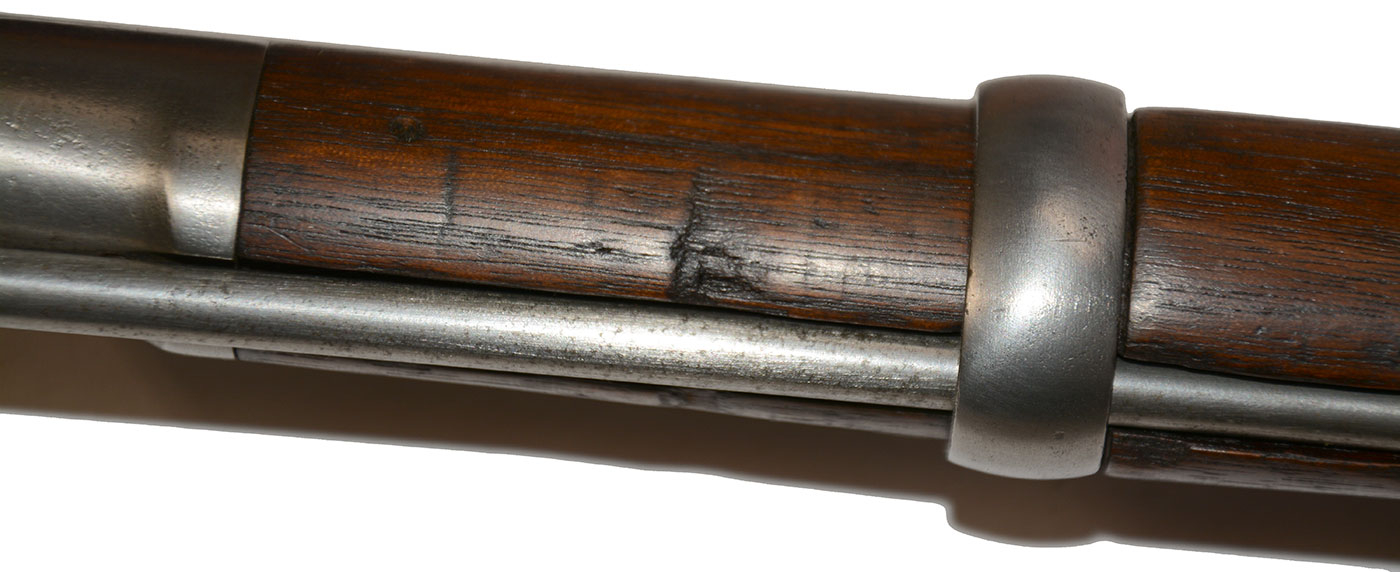

$3,450.00 SOLD
Quantity Available: None
Item Code: 218-598
This is a very good example of the Springfield Model 1864 Rifle Musket, still known among collectors also as the Model 1863 Type-2 since the changes it incorporates were authorized in November 1863, even though production did not start until the second quarter of 1864. These were saw service in the climactic final battles of the war in 1864 and 1865. The bore is extremely clean, with good rifling. The action works properly though it is stiff from half-cock back to full cock. The rifle is complete, all original, with good surface and good markings to the metal, nice color to the wood with a few handling marks, and a pair of very sharp inspection cartouches on the side flat.
The most noticeable change in this pattern was the reintroduction of band springs, which had been eliminated in the Model 1863 (or “Model 63 Type-1.”) It retained the most noticeable improvement of that model, however: the shorter bolster providing a straight vent to the barrel that provided quicker and surer ignition of the charge. This resulted in a thinner lock plate, the use of a flat bolster without clean-out screw and stamped with an eagle, a recurved and beveled hammer, etc.
From March through June 1864 Springfield turned out 58,999 of these rifles; from July through September another 44,040; and from October through December yet another 54,424; with another 96,877 in the first six months of 1865. Despite these impressive numbers, like most Civil War rifles and muskets, these are not easy to find. The army made it easy for discharged veterans to purchase their arms, many or most of which would be used up around the farm, and between 1867 and 1868 the government disassembled 152,573 Model 1864 rifle muskets so that their parts could be used in the manufacture of new breechloading arms.
All bands, springs, rod, sights, swivels, etc., are in place. The rear sight has the correct single L-shaped-leaf used on the Model 1864. The ramrod is the 1863 (or 1863 Type-1 pattern) with simple swelled tip rather than knurled edges. The wood has a tight fit to the metal, good edges, a good surface with warm brown color. The right forestock shows a small crescent pressure dent and two very shallow divots. The lower left forestock shows a slight bit of chipping near the ramrod channel near the muzzle, perhaps from a clumsy effort to slide off the upper band. Otherwise, the wood shows just a few typical handling and storage marks. The metal has a good, smooth surface, showing mainly as a muted silver since most parts were arsenal finished in the bright. The hammer and lock plate, heat-blued at the armory still show a faded blue. The same is true of the rear sight, as is correct. The markings in the metal are correct throughout: US on the buttplate tang; matching 1864 lockplate and barrel dates, the V/P/[eaglehead] barrel inspection stamps at the left breech, and a crisp US/SPRINGFIELD stamp forward of the hammer with an eagle to its left and sharp smaller eagle on the side of the bolster just above. All the stamps are sharp and fully legible, though the of top of the breech around the nipple shows some freckling or shallow corrosion from the use of percussion caps that appears as shallow gray spots, some of which are on the barrel date, but it is clear and unambiguous. A very nice indicator of condition is the legibility of the inspection marks on the wood of the side flat. Cartouches with script initials are visible at a distance: the script “FWS” of Frederick W. Sanderson, a civilian employee at Springfield who was an armorer and an inspector of finished arms from at least 1862, and Erskine Allin’s script “ESA” below that and to the rear, the position for the stamp of the Master Armorer.
This is a key piece in any display chronicling the improvements in small arms during the war or one focusing on the decisive battles fought in its final year, and if you had an ancestor serving in the Union infantry at that point in the war, there is a good chance he was carrying one of these. [sr] [ph:L]
DISCLAIMER: All firearms are sold as collector's items only - we do not accept responsibility as to the shooting safety or reliability of any antique firearm. All firearms are described as accurately as possible, given the restraints of a catalog listing length. We want satisfied customers & often "under" describe the weapons. Any city or state regulations regarding owning antique firearms are the responsibility of the purchaser. All firearms are "mechanically perfect" unless noted, but again, are NOT warranted as safe to fire!
~~~~~~~~~~~~~~~~~~~~~~~~~~~~~~~~~~~
THIS ITEM, AS WITH ALL OTHER ITEMS AVAILABLE ON OUR WEB SITE,
MAY BE PURCHASED THROUGH OUR LAYAWAY PROGRAM.
CLICK HERE FOR OUR POLICIES AND TERMS.
THANK YOU!
Inquire About 1864 DATED SPRINGFIELD M1863 TYPE-2 RIFLE MUSKET: AKA MODEL 1864: CLEAR MARKINGS, SHARP CARTOUCHES
Most Popular
Historical Firearms Stolen From The National Civil War Museum In Harrisburg, Pa »
Theft From Gravesite Of Gen. John Reynolds »
Selection Of Unframed Prints By Don Troiani »
Fine Condition Brass Infantry Bugle Insignia »
Large English Bowie Knife With Sheath 1870’S – 1880’S »
Imported (Clauberg) Us Model 1860 Light Cavalry Officer's Saber »
featured item
RARE CONFEDERATE “THREE SQUARE” SOCKET BAYONET
This is an excavated example of a Confederate-made musket socket bayonet. Measuring 21” overall with a 2.75” socket. This was made for an early .69 caliber musket with a bayonet lug mounted on the bottom of the barrel; as the bridge is on the… (2022-459). Learn More »


